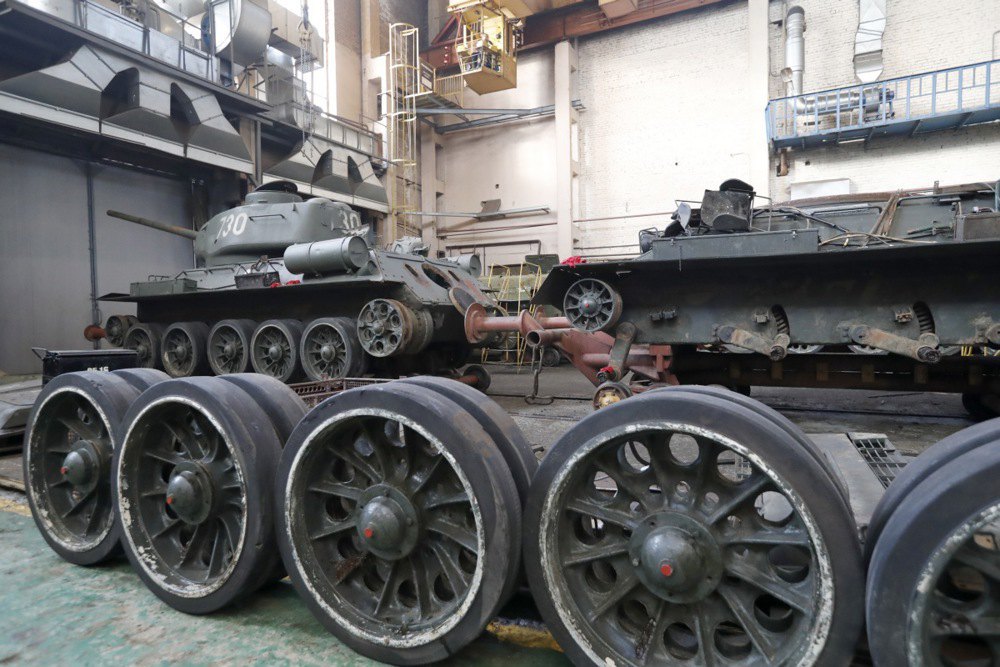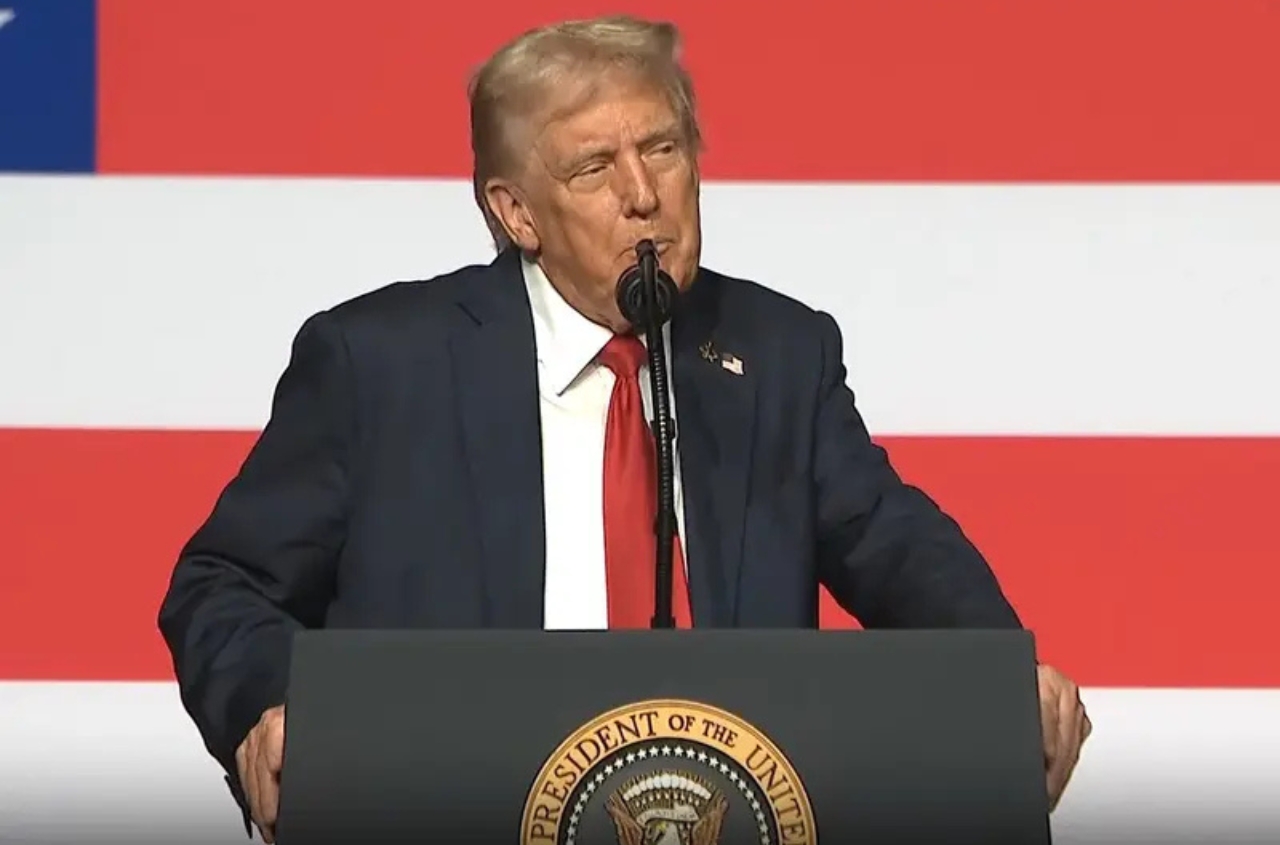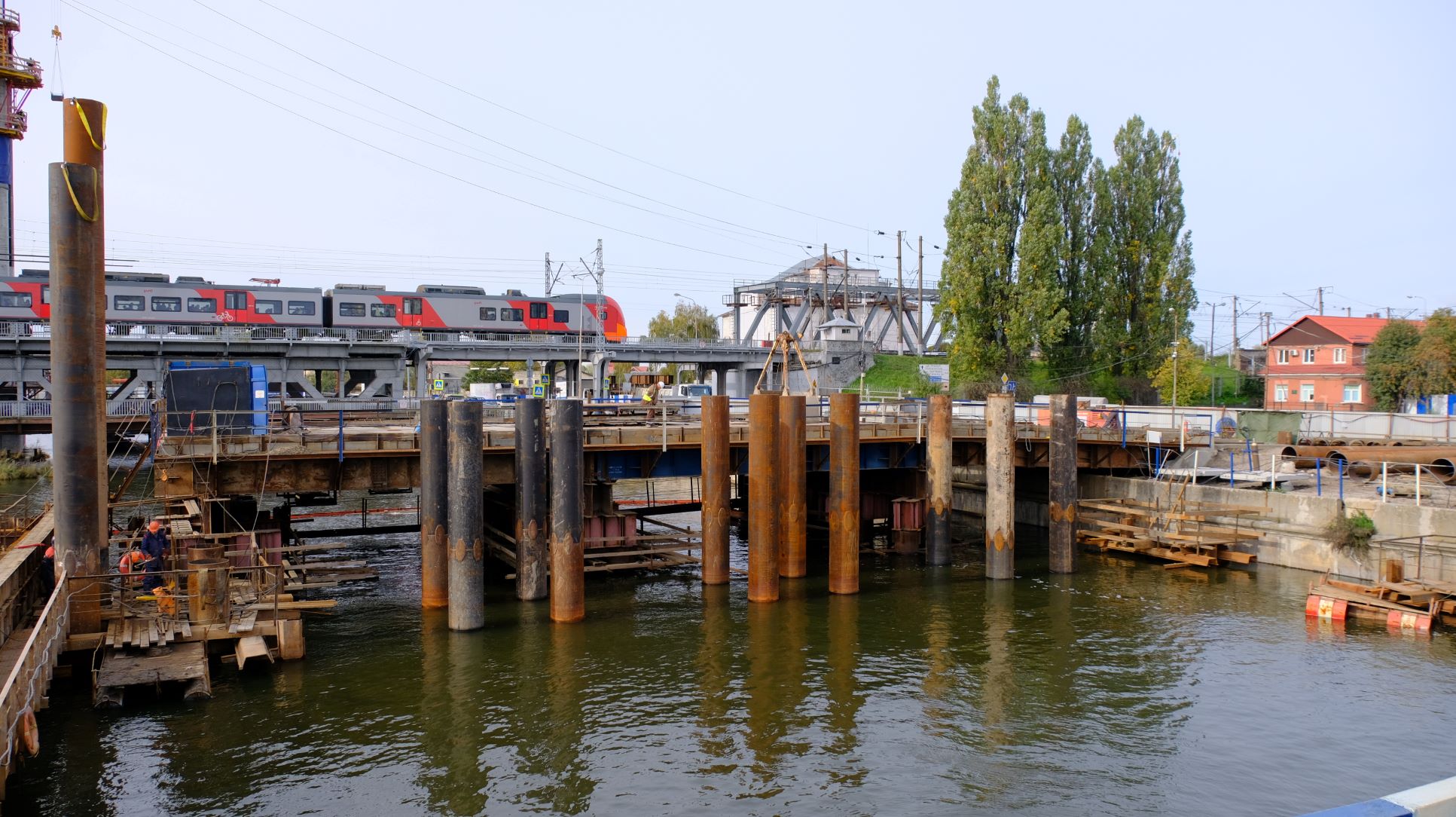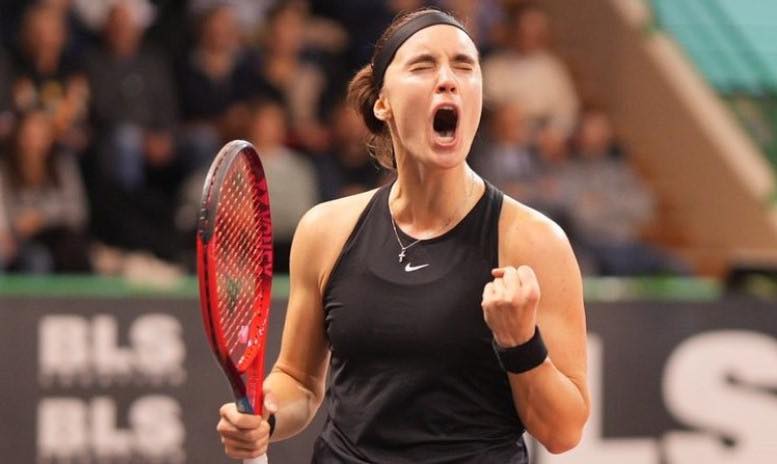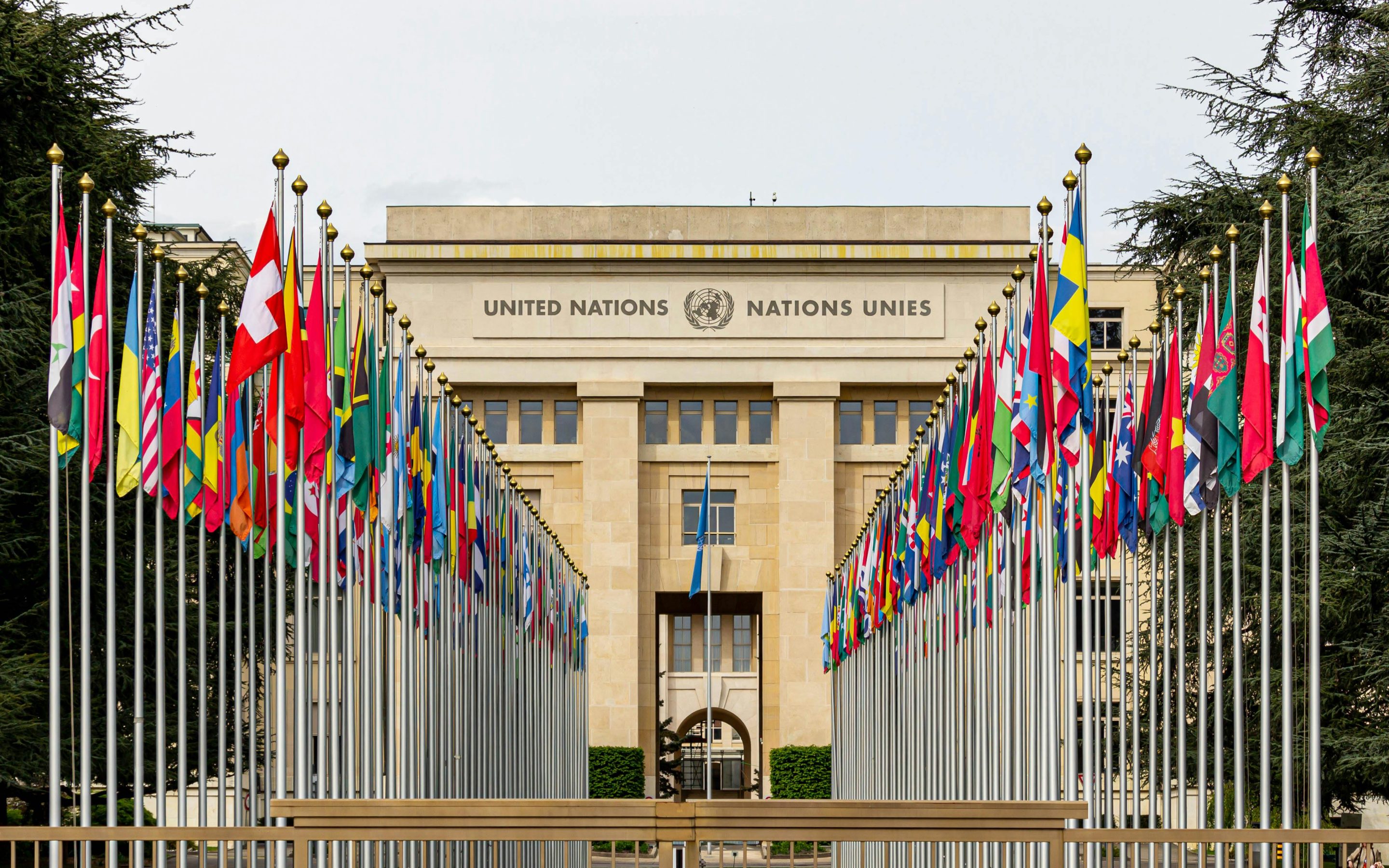Rostec CEO Sergey Chemezov has acknowledged the continued collapse of Russian arms exports. Until 2022, Russia earned around $14 billion annually, but in 2024, revenues plummeted catastrophically. Data from the Jamestown Foundation confirm the sharp decline: $12.5 billion in 2021, $8 billion in 2022, $3 billion in 2023, and only $1 billion in 2024.
According to the Stockholm International Peace Research Institute (SIPRI), Russia’s share of the global arms market fell from 21% to 7.8% in 2024. The geography of its deliveries is also shrinking: from 47 countries in 2018–2022 to 33 in 2024, mostly in Asia and Oceania. The largest buyers—India, China, and Kazakhstan—are also reducing their purchases.
Despite Chemezov’s statements about a “future recovery” and an order portfolio of over $60 billion, a significant portion of these contracts is unconfirmed and dependent on clients with low purchasing power. Without Russian financing, these deals remain more political declarations than actual exports.
At the Dubai Air Show 2025, Rosoboronexport showcased 850 items, but almost all the “latest” models were revealed to be mock-ups. This highlights the depth of technological backwardness and the shortage of combat-ready products.
The consequences are clear: the Russian defense-industrial complex is losing markets, technologically degrading, and increasingly dependent on buyers from Africa and the Middle East. In the near future, the decline in exports is expected to accelerate.









